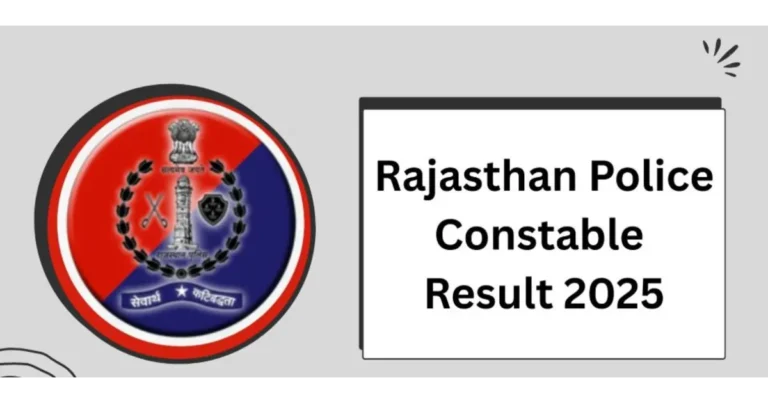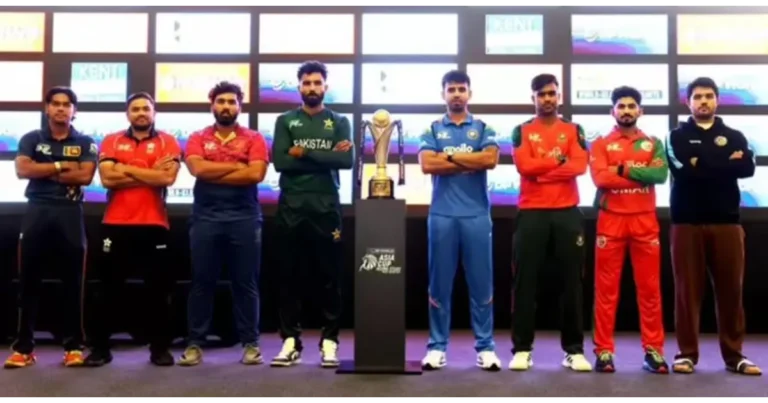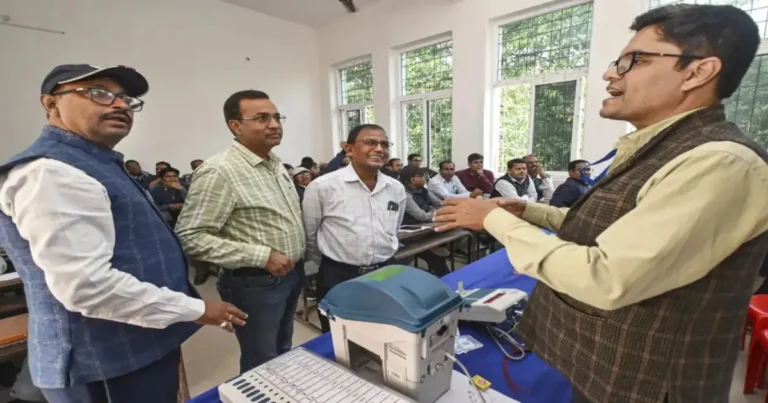
Introduction: Kashyap’s Unconventional Approach
Screenplays often begin with a clear idea and disciplined structure, but Anurag Kashyap approaches filmmaking differently. He seems to start with a blindfold, a map of India, and an obsession with unearthing the lyrical obscenities hidden in each district. Plotlines, if they emerge, follow the dialogue and local color — and surprisingly, this method usually works.
Setting the Stage: 2006 Kanpur Comes Alive
‘Nishaanchi’ exemplifies Kashyap’s signature style. Set in 2006 Kanpur, the film carries the swagger of early 2010s cinema, with lingering frames that suggest, “Bollywood is back,” yet still clinging to familiar clichés.
The Central Characters
At the heart of the story are twins Bablu and Dablu (Aaishvary Thackeray, in a double role), sons of shooter-turned-housewife Manjari (Monika Panwar) and wrestler Jabardast (Vineet Kumar Singh). The cunning Ambika Prasad (Kumud Mishra) eliminates Jabardast in prison, clearing his path to Manjari.
Dablu grows up timid and morally upright under his mother’s care, while Bablu is groomed into a gangster under Ambika’s influence. The film jumps straight into a bank heist, where Bablu, Dablu, and Rinku (Vedika Pinto), Bablu’s lover, navigate Kashyap’s chaotic postcard of small-town India.
The Quirks of Small-Town Life
Kashyap revels in the minutiae of provincial India: the heist is delayed because the bank opens only after breakfast; a poor mobile network foils a police alert; and a cop lets Rinku go with the casual, “Ladiez hai.” These moments are funny and absurd, capturing the peculiar rhythm of small-town life.
Love and Confusion
The heist fails, Bablu lands in jail, and Dablu falls for Rinku. The film then spins around this familiar love triangle, which feels predictable despite the chaos surrounding it.
Costuming and Visual Choices
Manjari’s portrayal suffers from indifferent costuming — her ageing is reduced to grey sideburns and a tired saree, despite the timeline requiring more depth. Most visual attention seems focused on Dablu’s gaudy shirts, highlighting Bollywood’s obsession with flamboyant small-town aesthetics.
Standout Moments and Performances
Crooked cop Kamal (Mohd Zeeshan Ayyub) trails Rinku home but is comically foiled when she pretends to call the CM’s son — actually Dablu. Thackeray’s layered performance as Bablu and Dablu adds depth and humor, a hallmark of Kashyap’s wit.
Narrative Overload and Realism
At times, the film is overwhelmed by its own realism: corrupt cops, broken dreams, vulgar dance circuits, and local muscle crammed together so tightly that shock value overshadows narrative coherence. Kashyap has navigated this territory before, as in That Girl in Yellow Boots.
Acting Highlights
Thackeray delivers a strong debut: Bablu exudes swagger and sleaze, while Dablu initially channels an innocent vulnerability reminiscent of Ishaan Awasthi in Taare Zameen Par. Vedika Pinto shines with captivating energy, and Monika Panwar delivers a competent, if understated, performance.
Conclusion: The First Chapter of Kashyap’s Mythology
After three hours of juggling twin identities and small-town intrigue, it becomes clear the story isn’t truly concluding — ‘Nishaanchi’ is the opening chapter of Kashyap’s ongoing cinematic self-mythology. It marks his return to familiar territory but occasionally feels like an overly long meeting that could have been an email.







